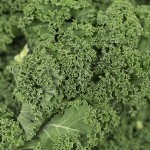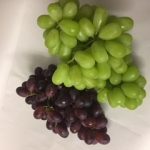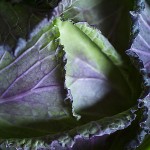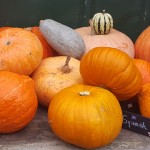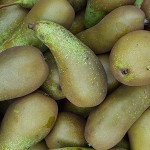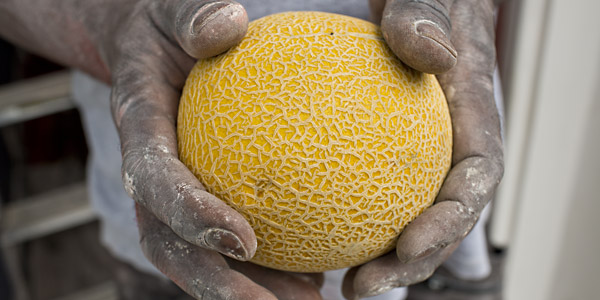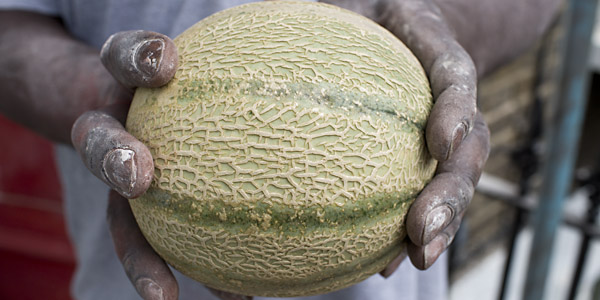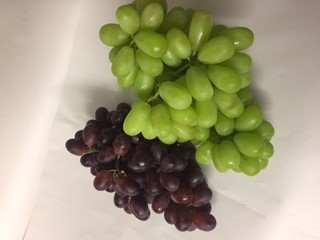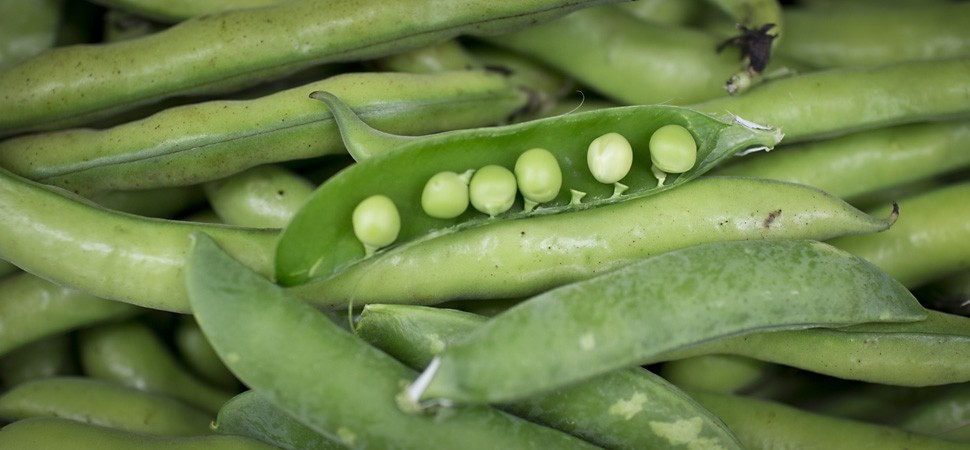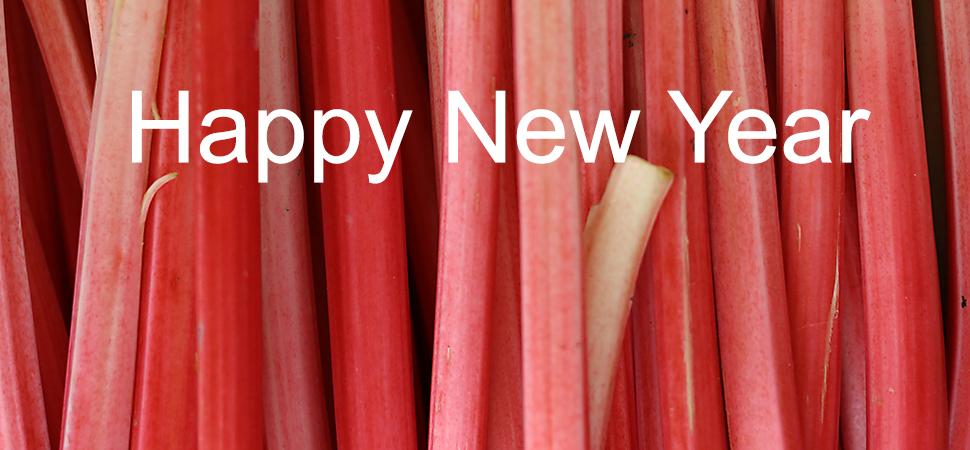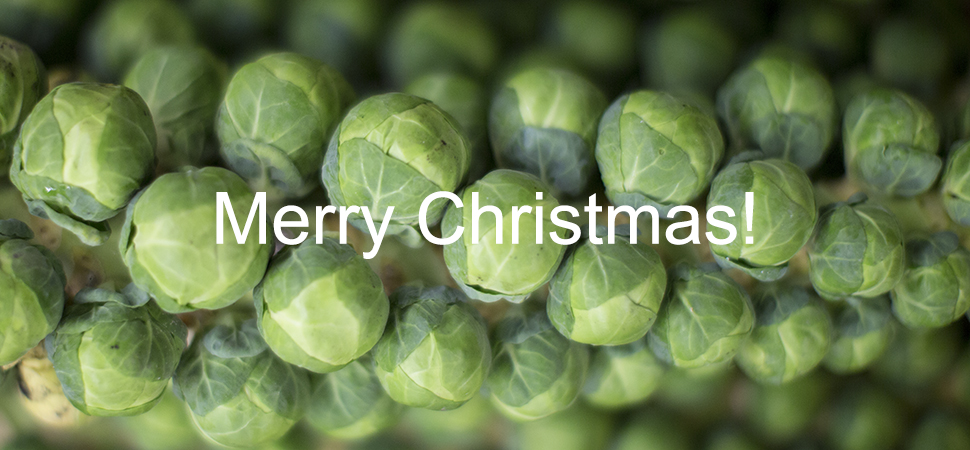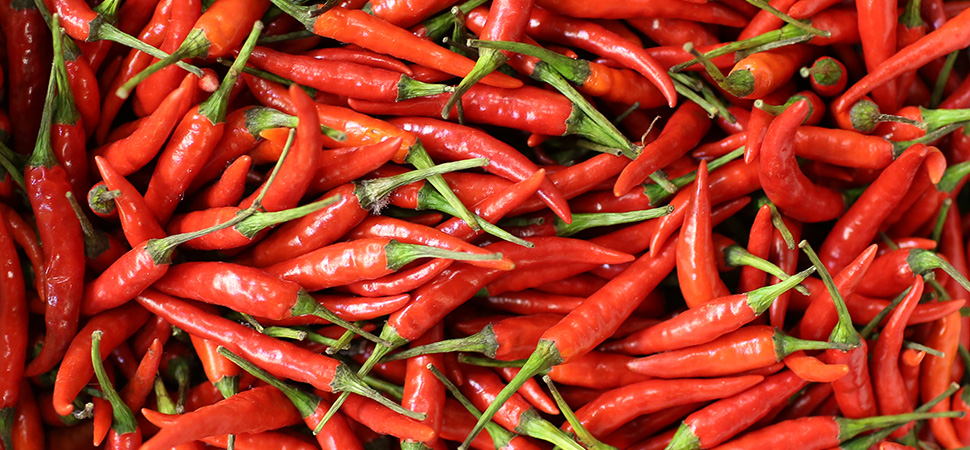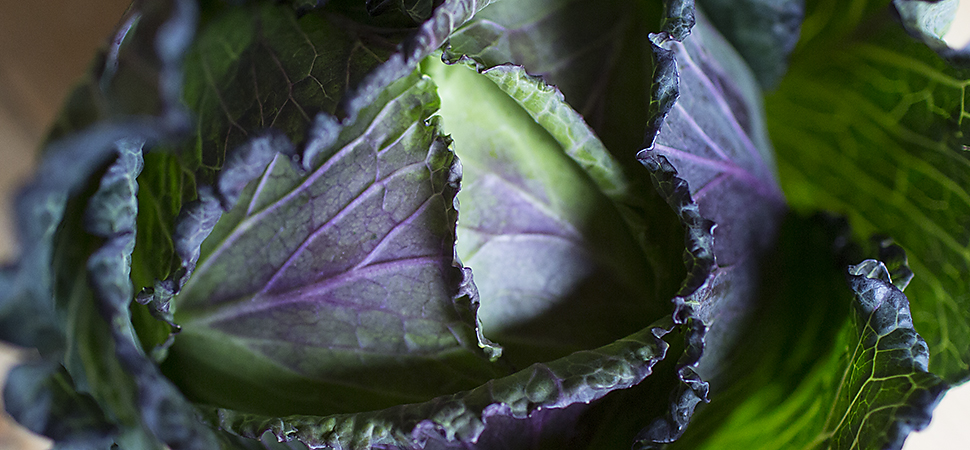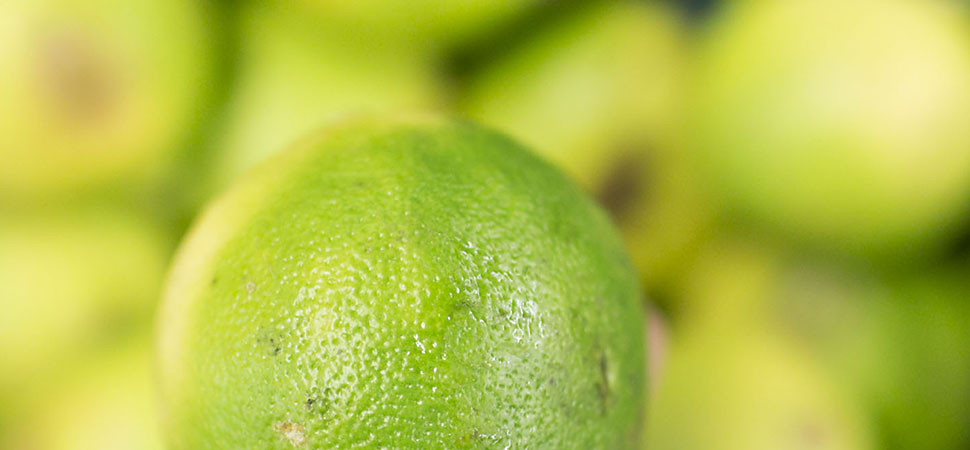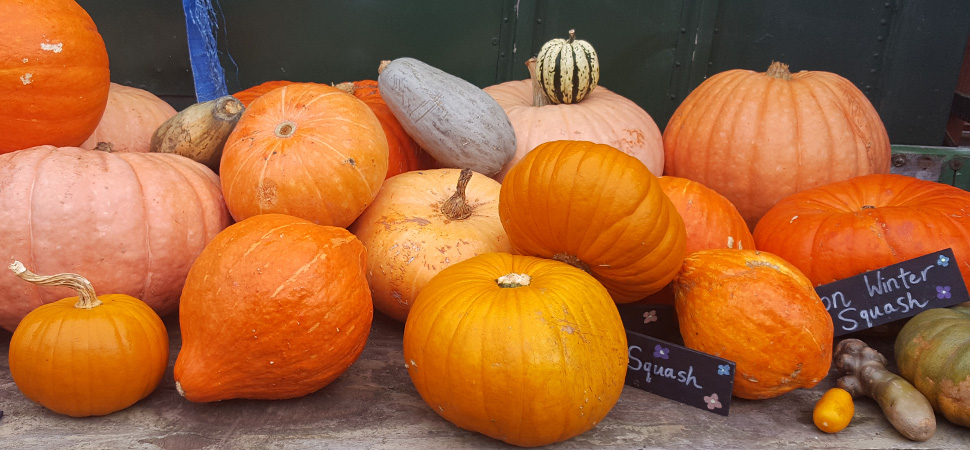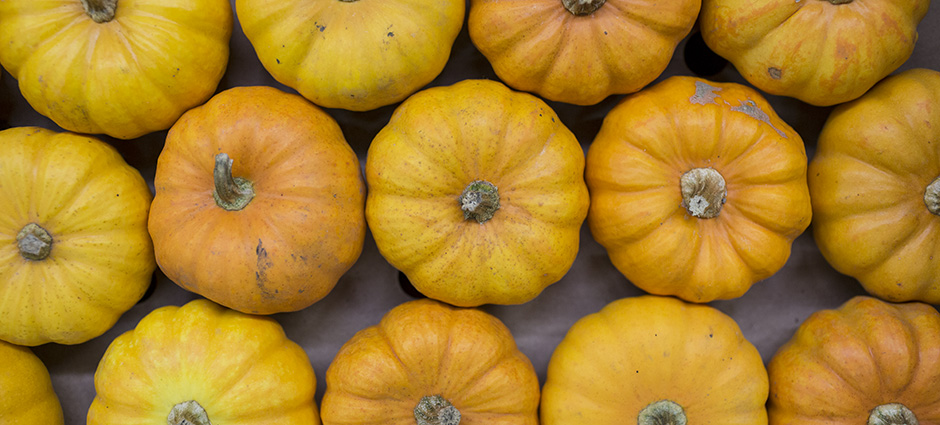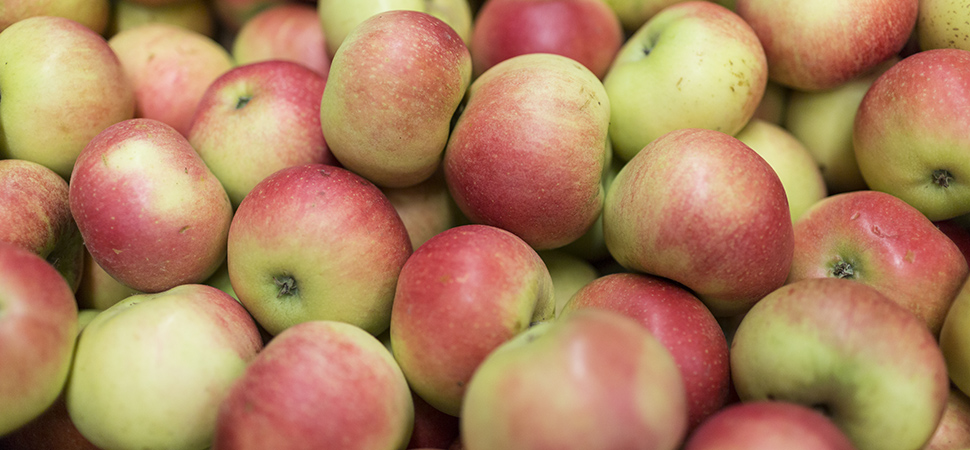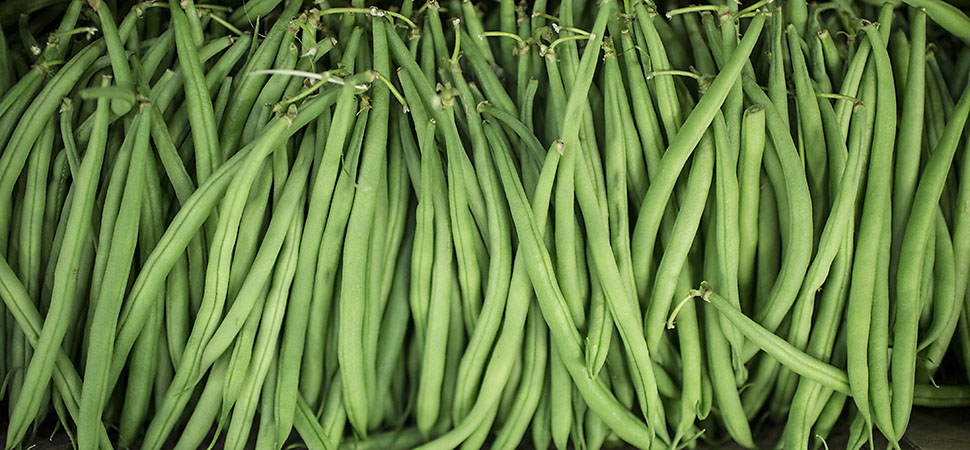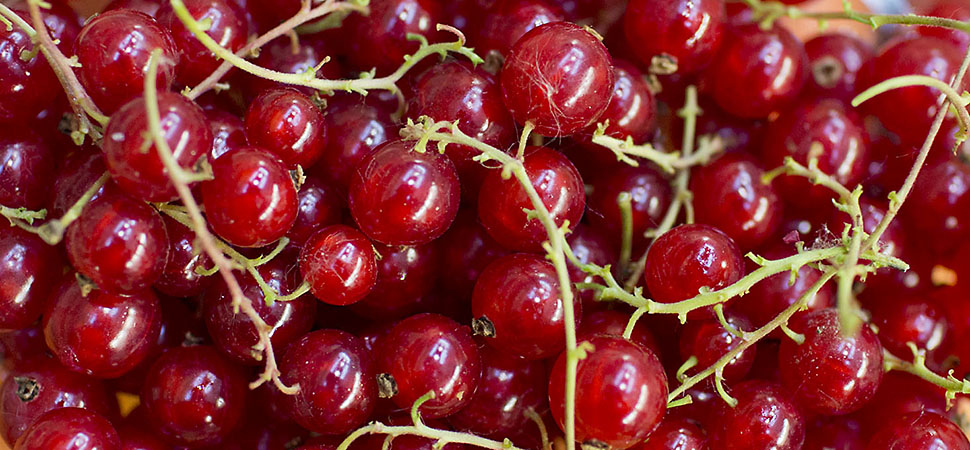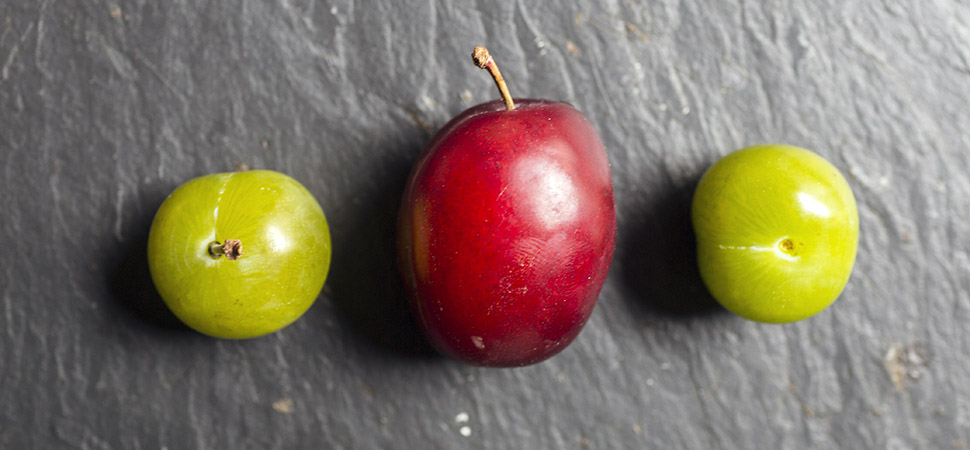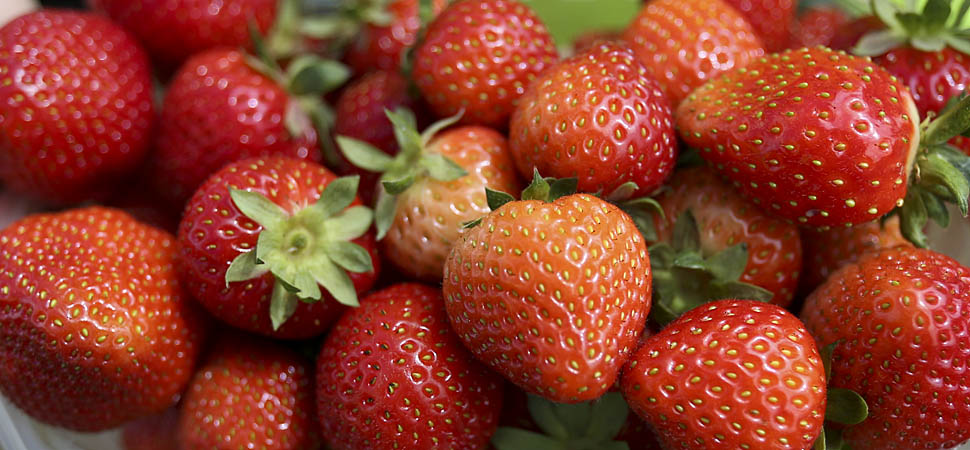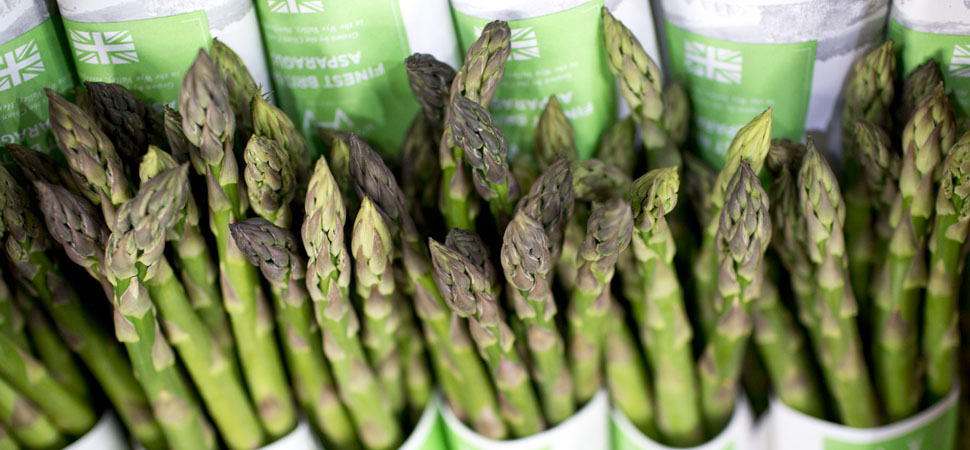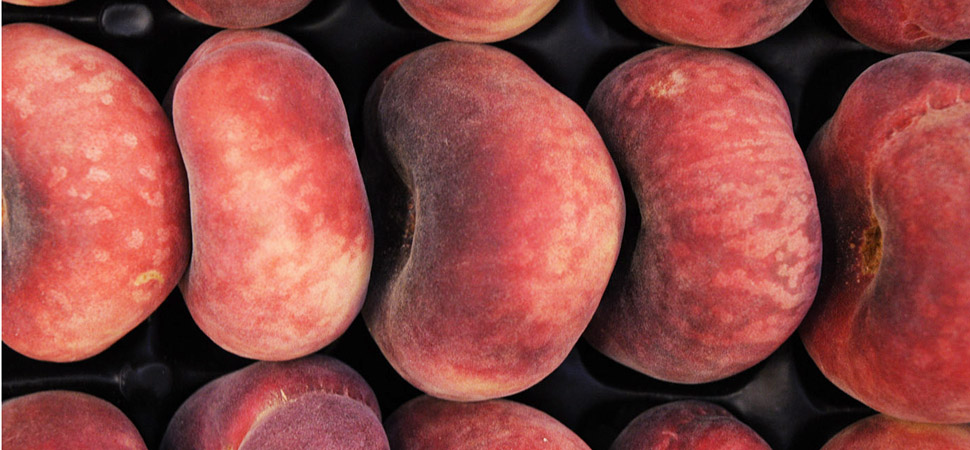Melons of every description are a fine buy at this time of year – sweet, juicy and crying out for a spot on your menus.
Key Facts
Most melons on the market now are from Spain, with Greece and France other key suppliers. (Later in the year, Brazil, Honduras and Costa Rica take over). Look for fruit that feel heavy for their size, with a sweet scent.
The different types and varieties can be somewhat confusing. As was my request to the models below to hold examples of the fruit for photos – they are builders working nearby, whose reward was chunks of melon to take home!
Galia melons (see picture below) are typically small and round, with pale yellow flesh tinged with green. They are known for their sweet aroma.
Piel de Sapo (‘toad skin’ in Spanish) are much larger, with a rugby-ball shape. The flesh is pale green, with a markedly sweet flavour.
Canteloupe look similar to a Galia, known for their orange flesh and excellent flavour. They are a very popular variety in Italy, too.
Watermelons are available in two main varieties – striped (as in picture below) or with black skin.
Note that honeydew melons are more of a winter melon and tend to have a thicker, yellow skin.
Uses in the Kitchen
Simple is best. Melon paired with proschiutto or similar charcuterie is a classic starter. The seeds can also be roasted. Melon sorbet is a sophisticated dessert. Melons are best stored at around 8-10C. Move to room temperature a few hours before serving for optimum flavour.








